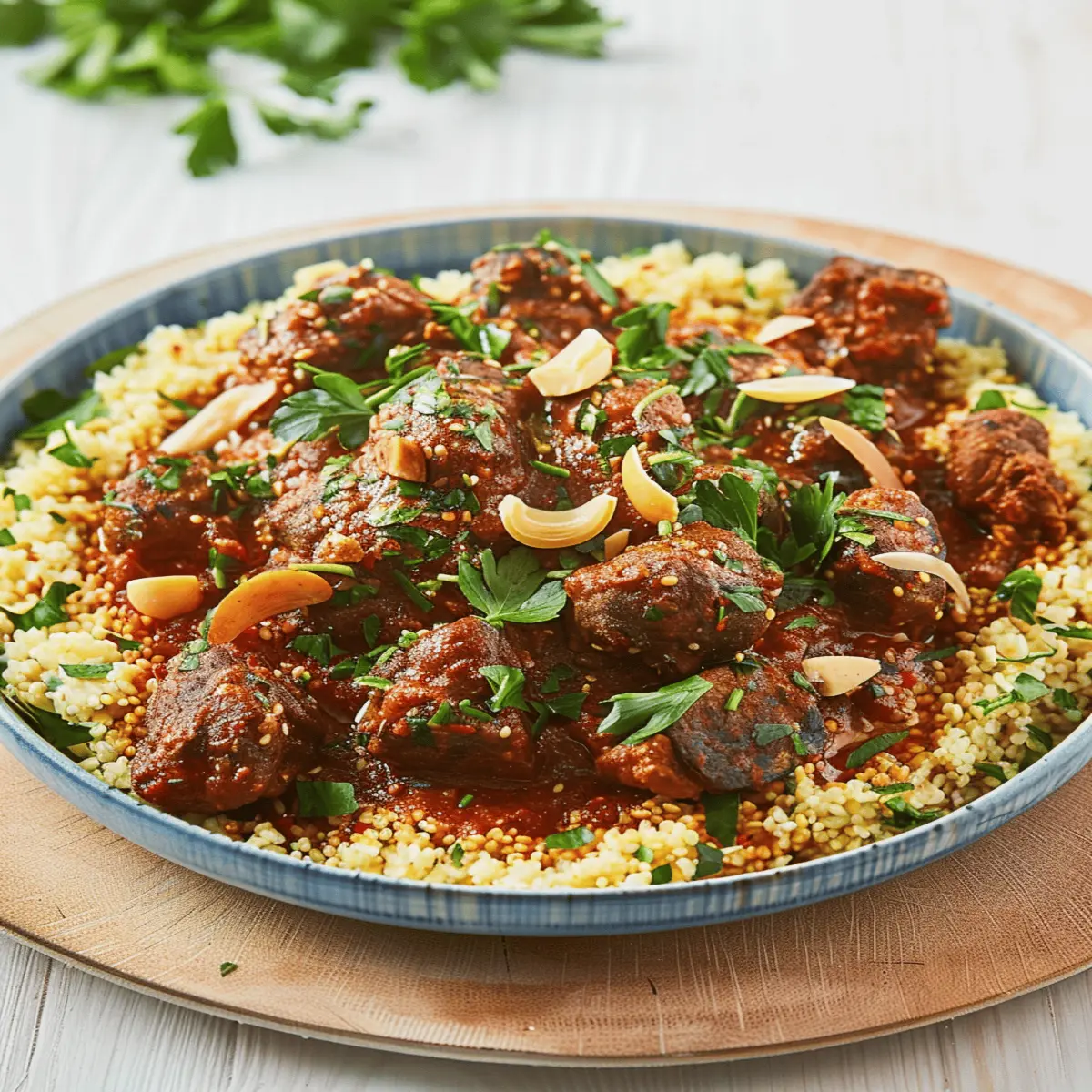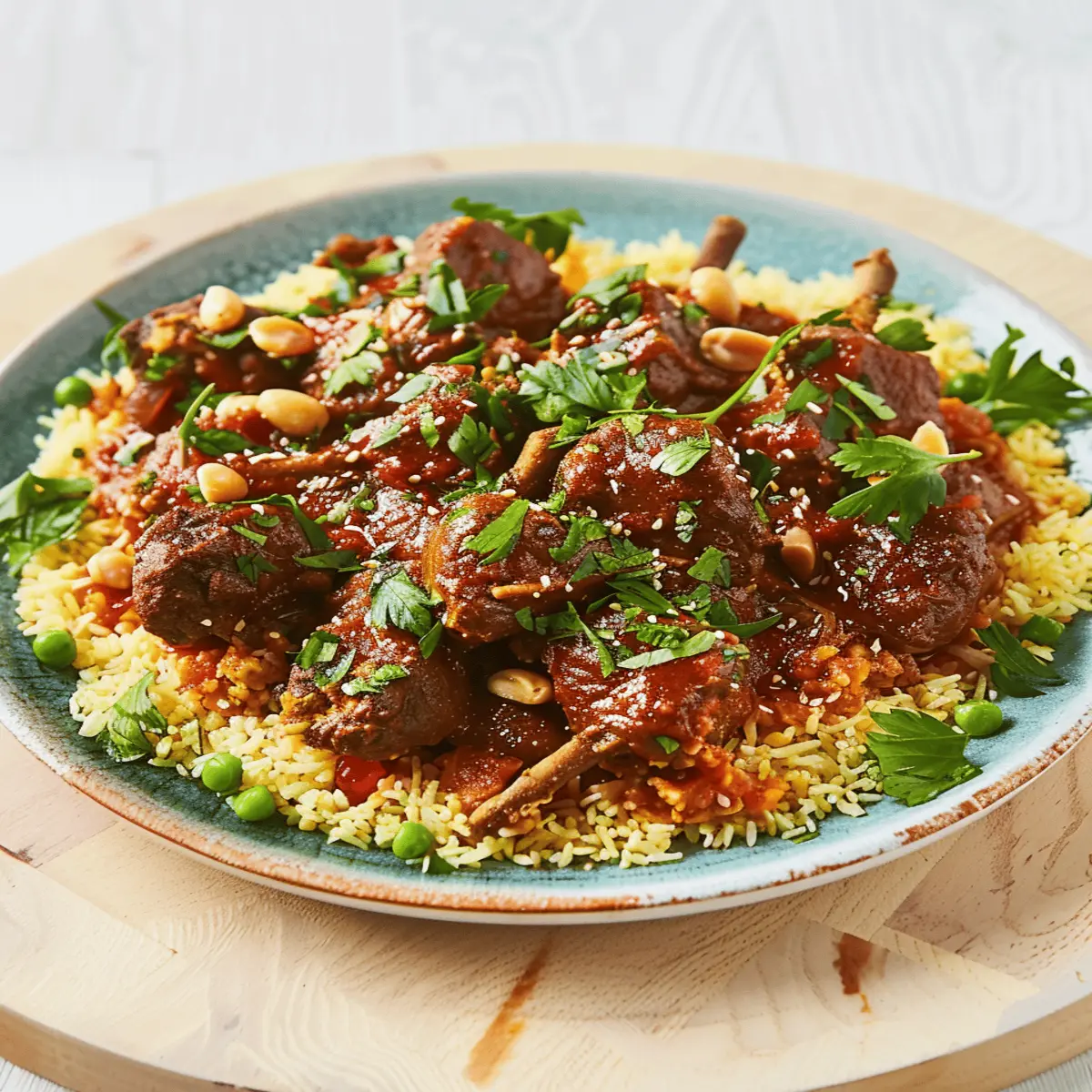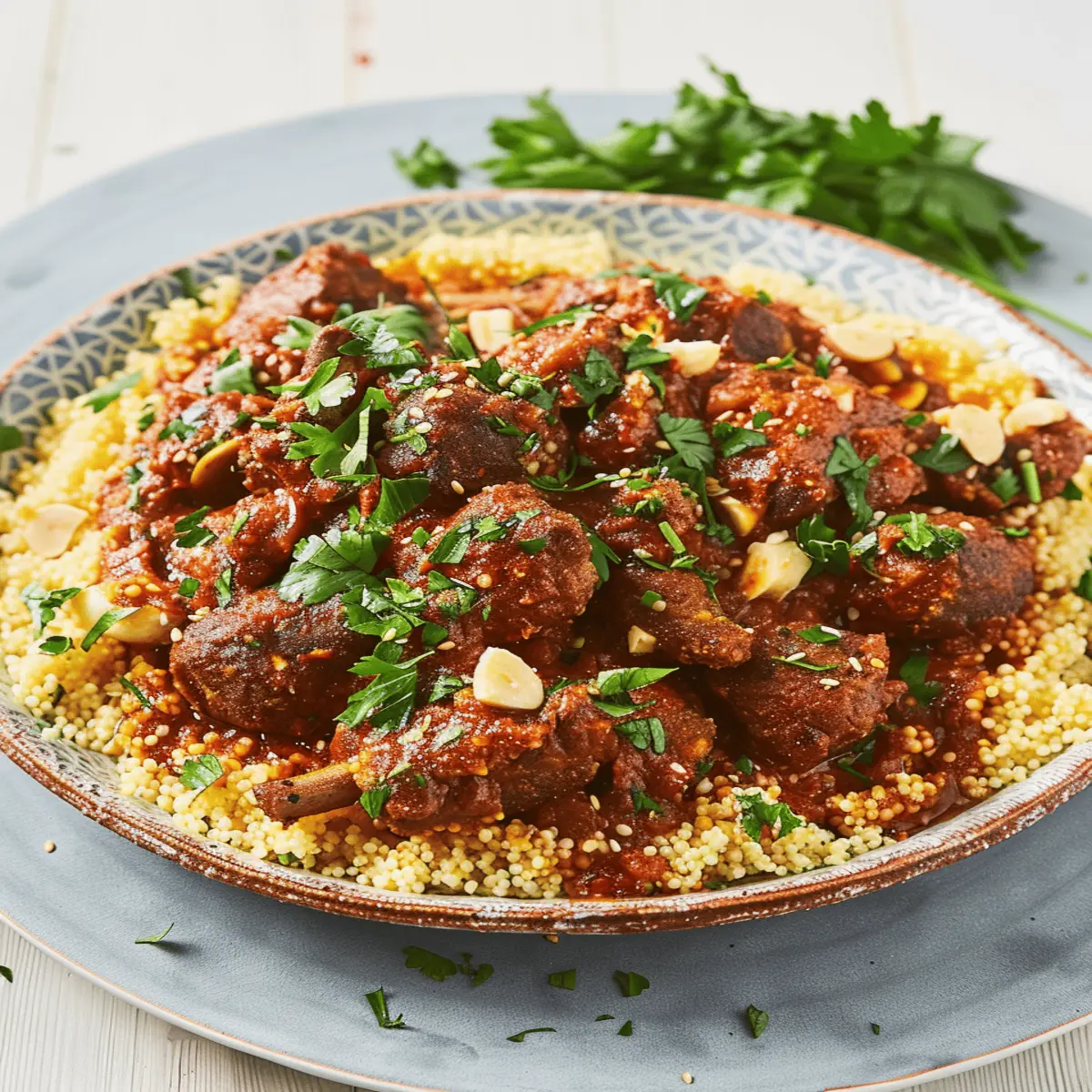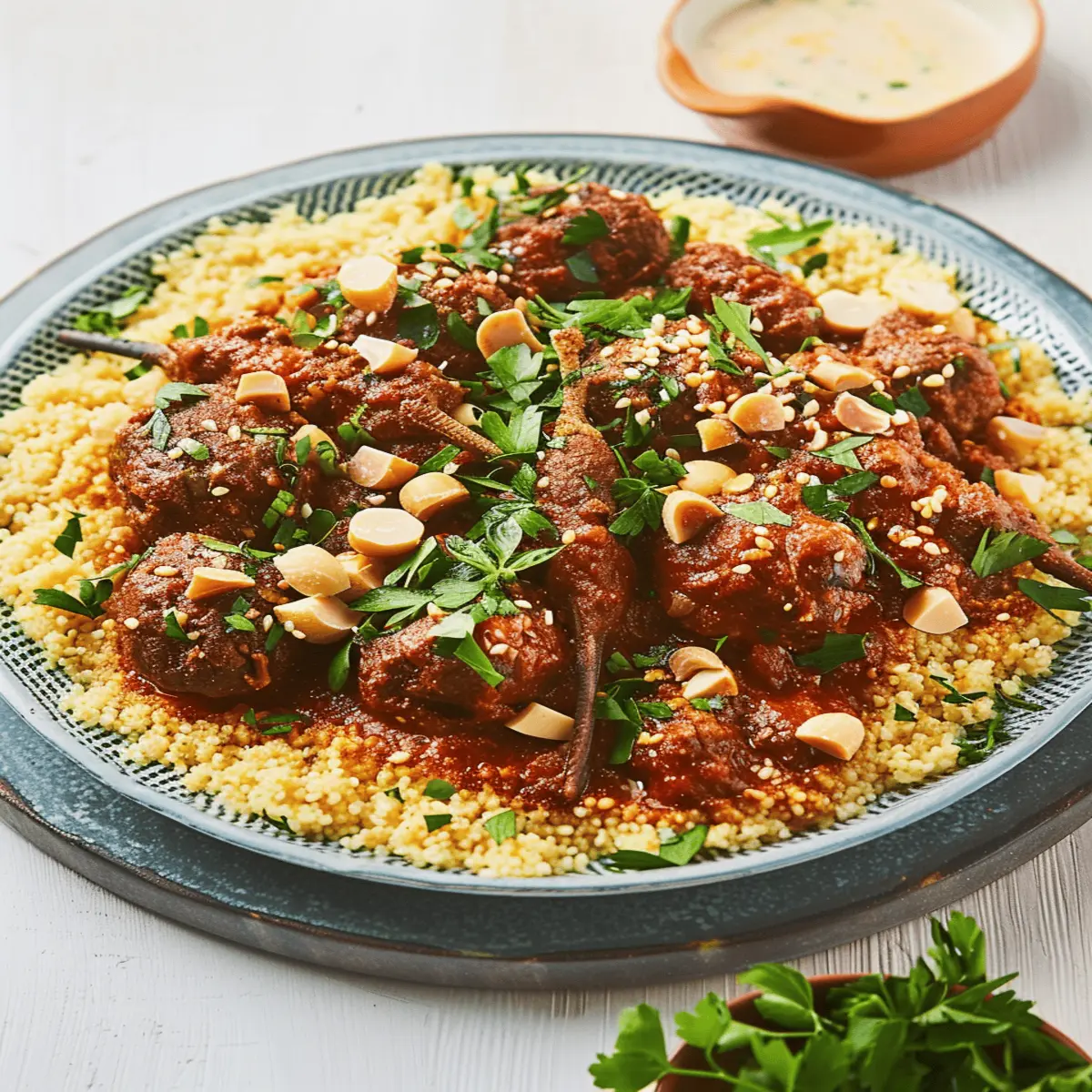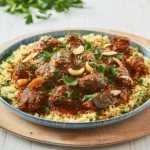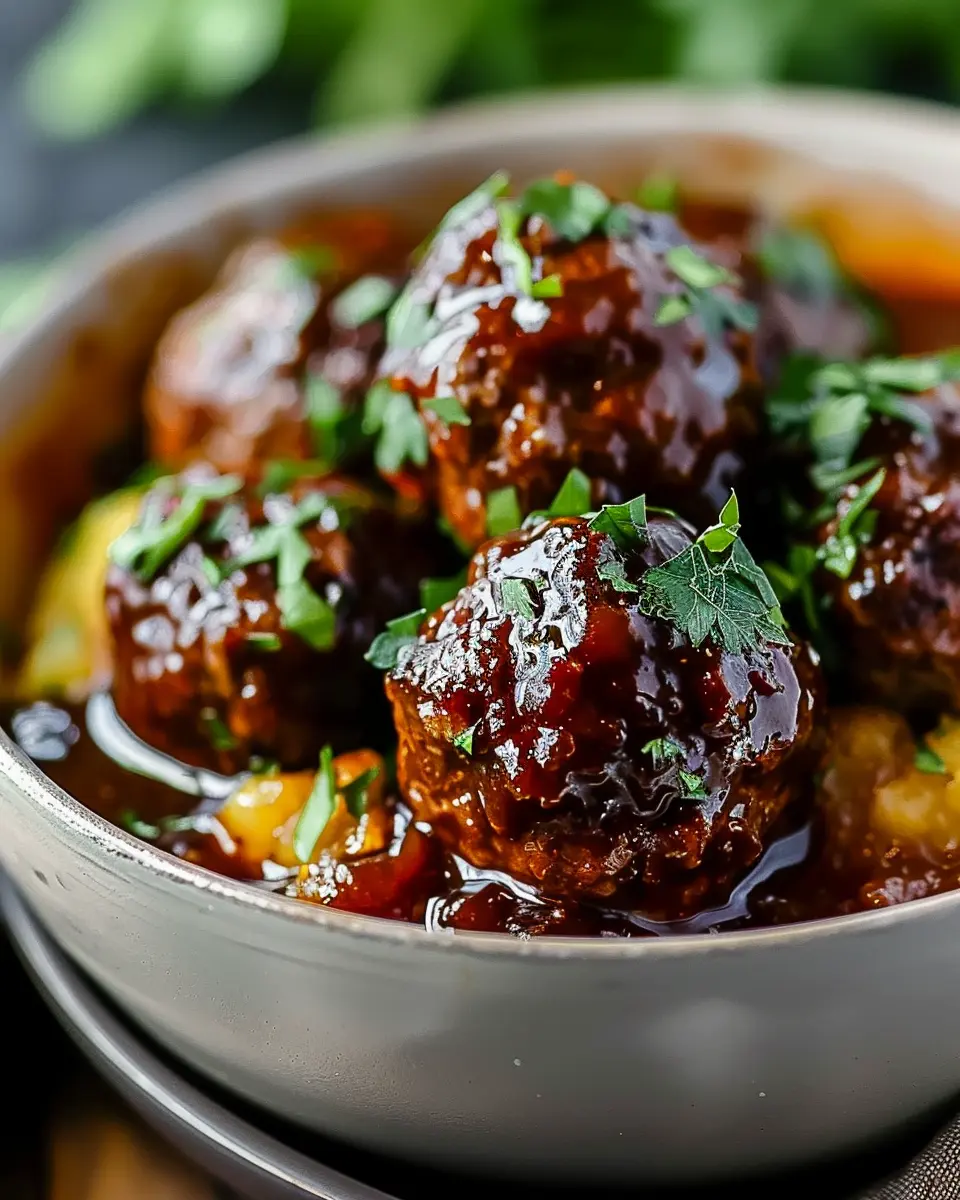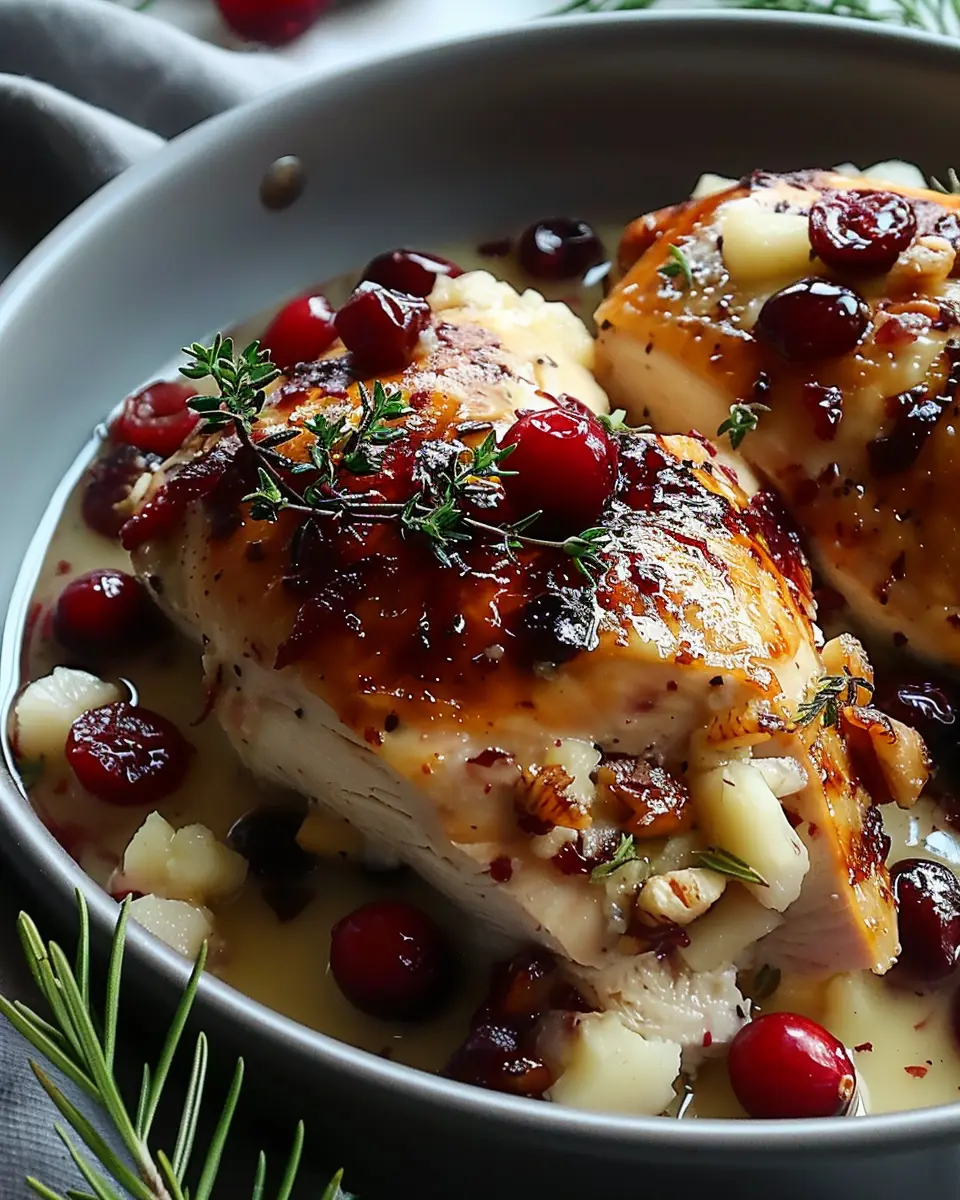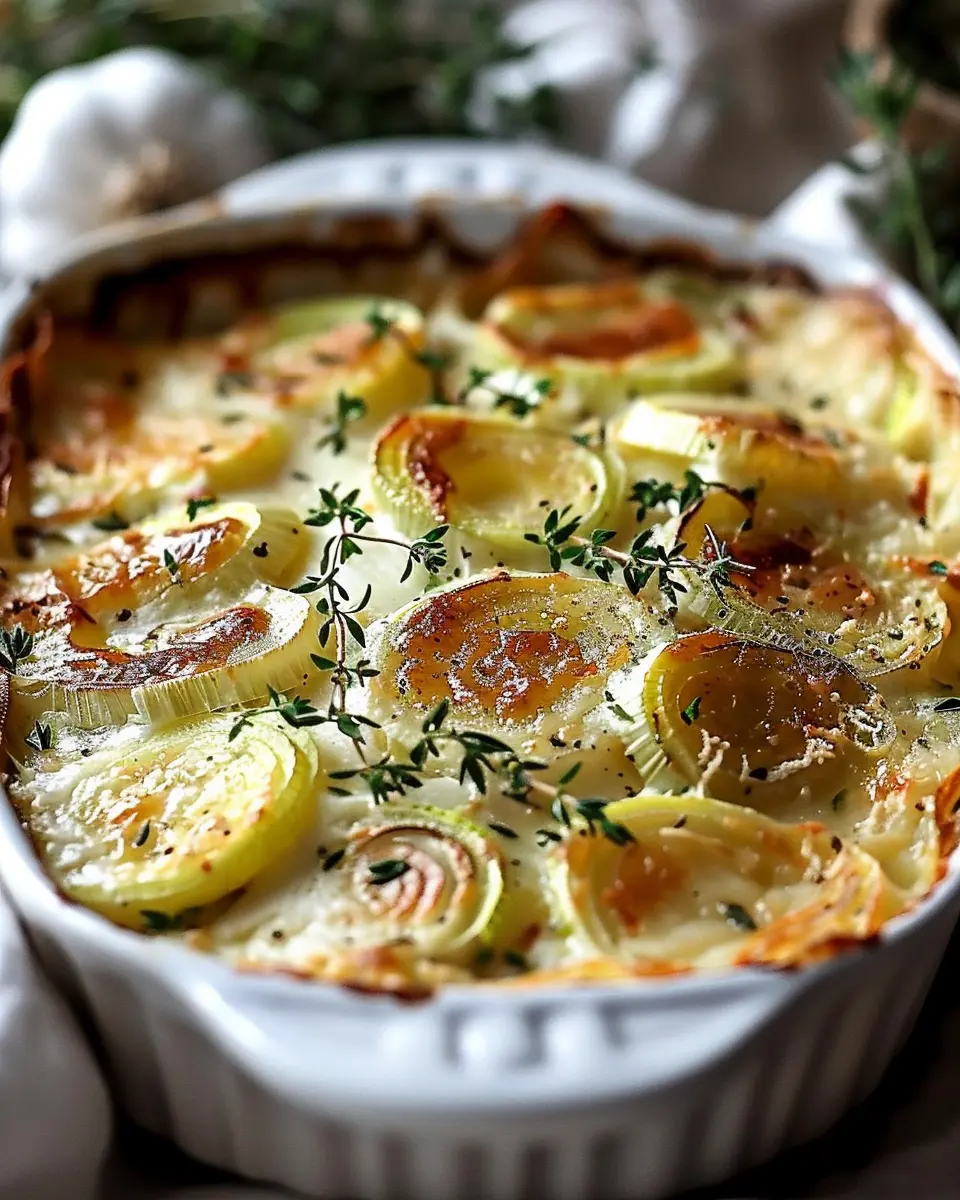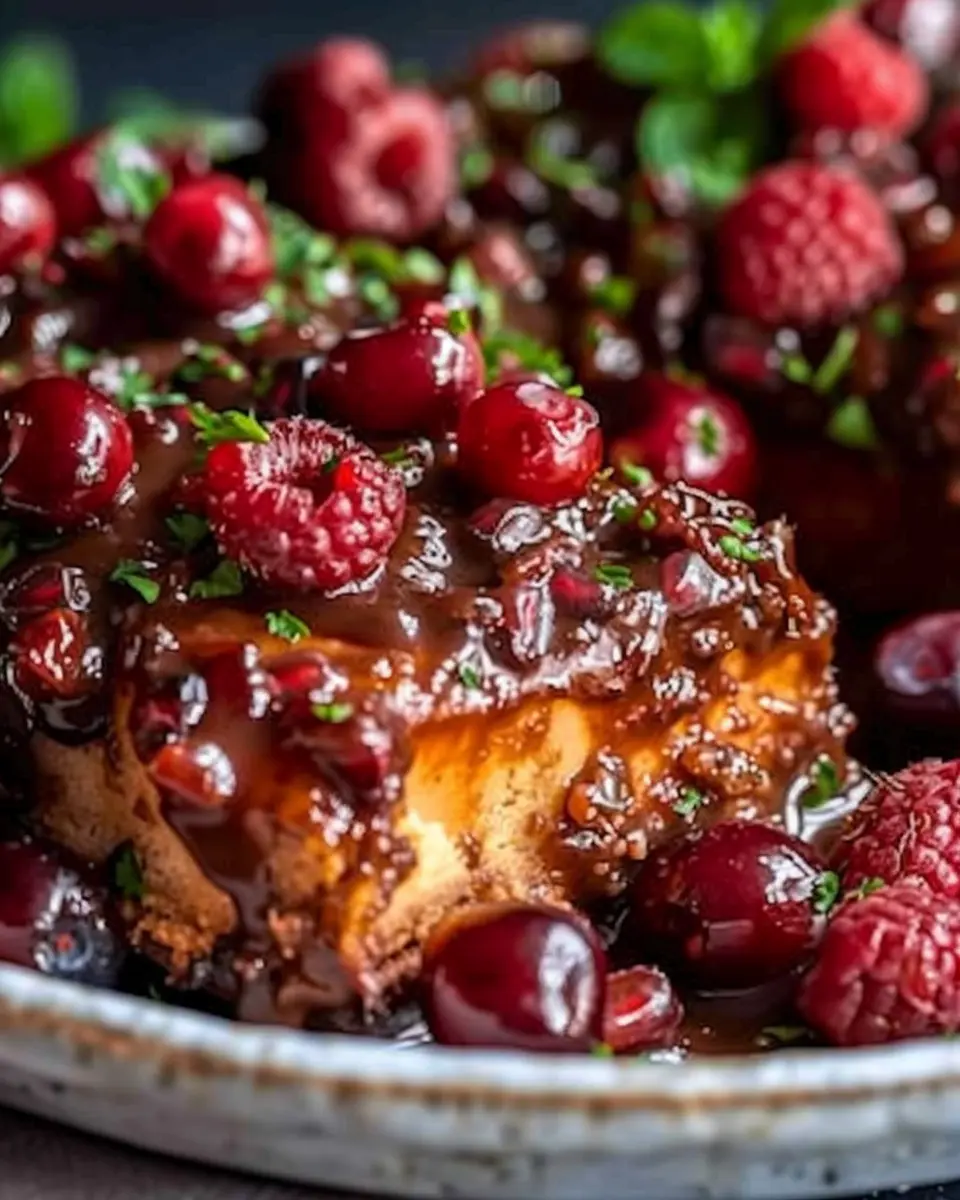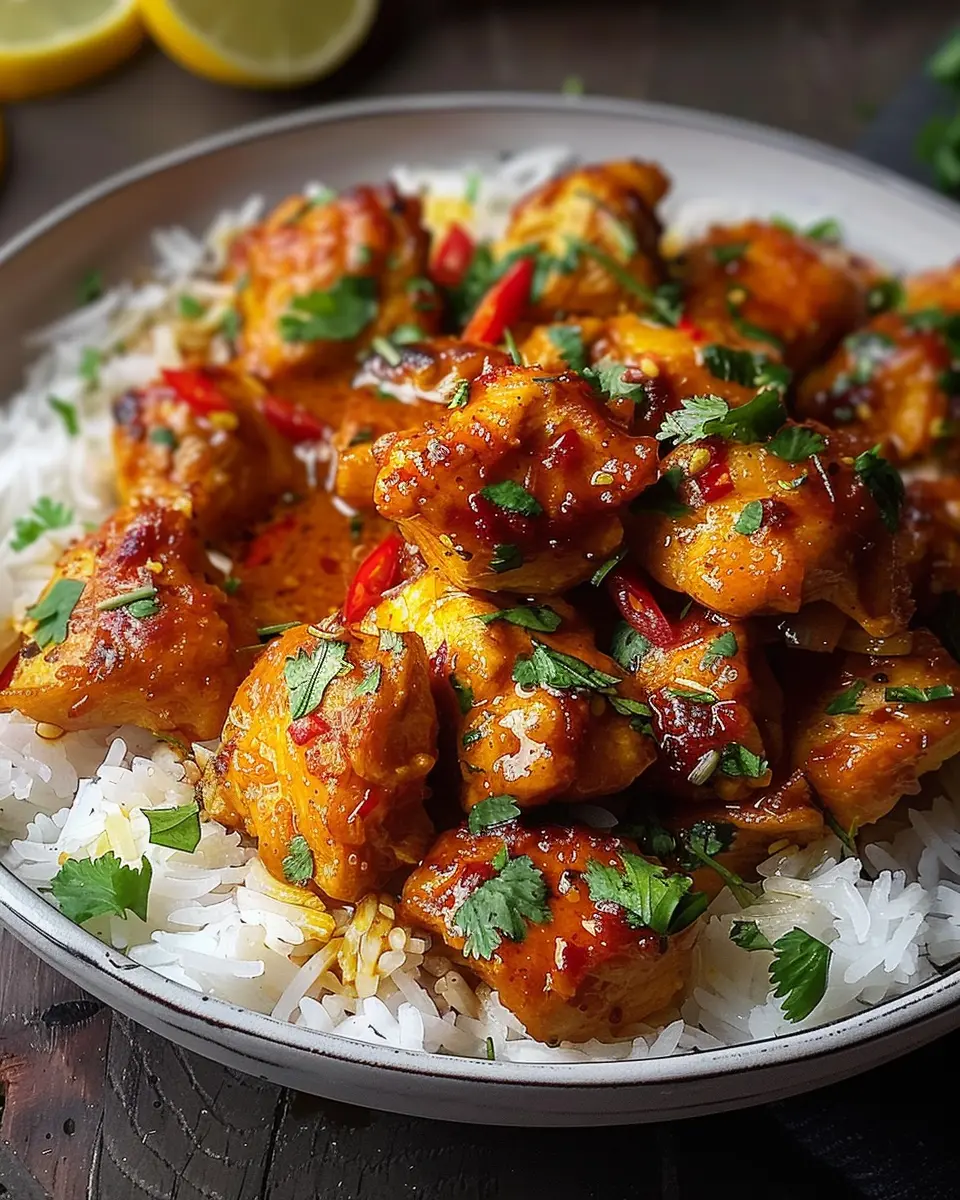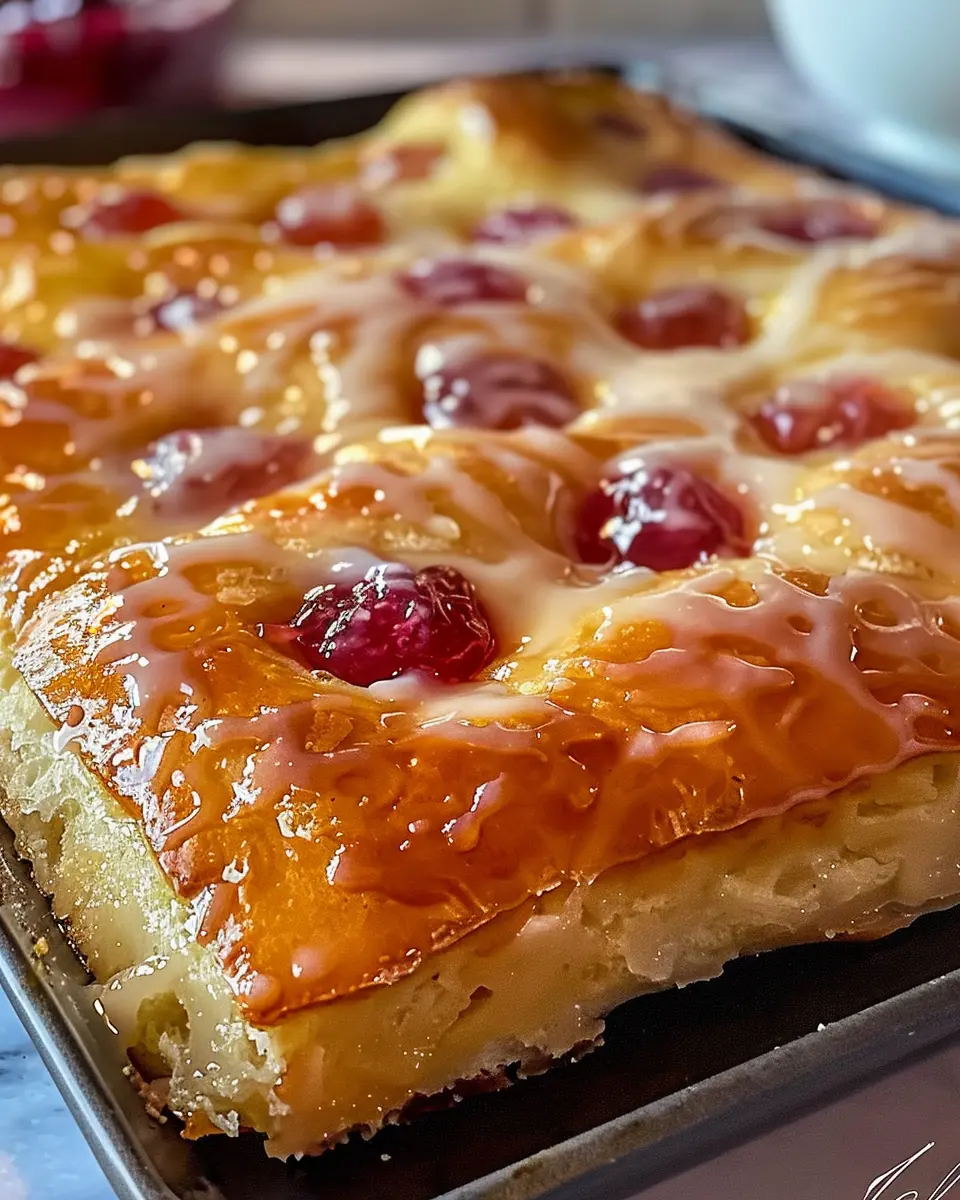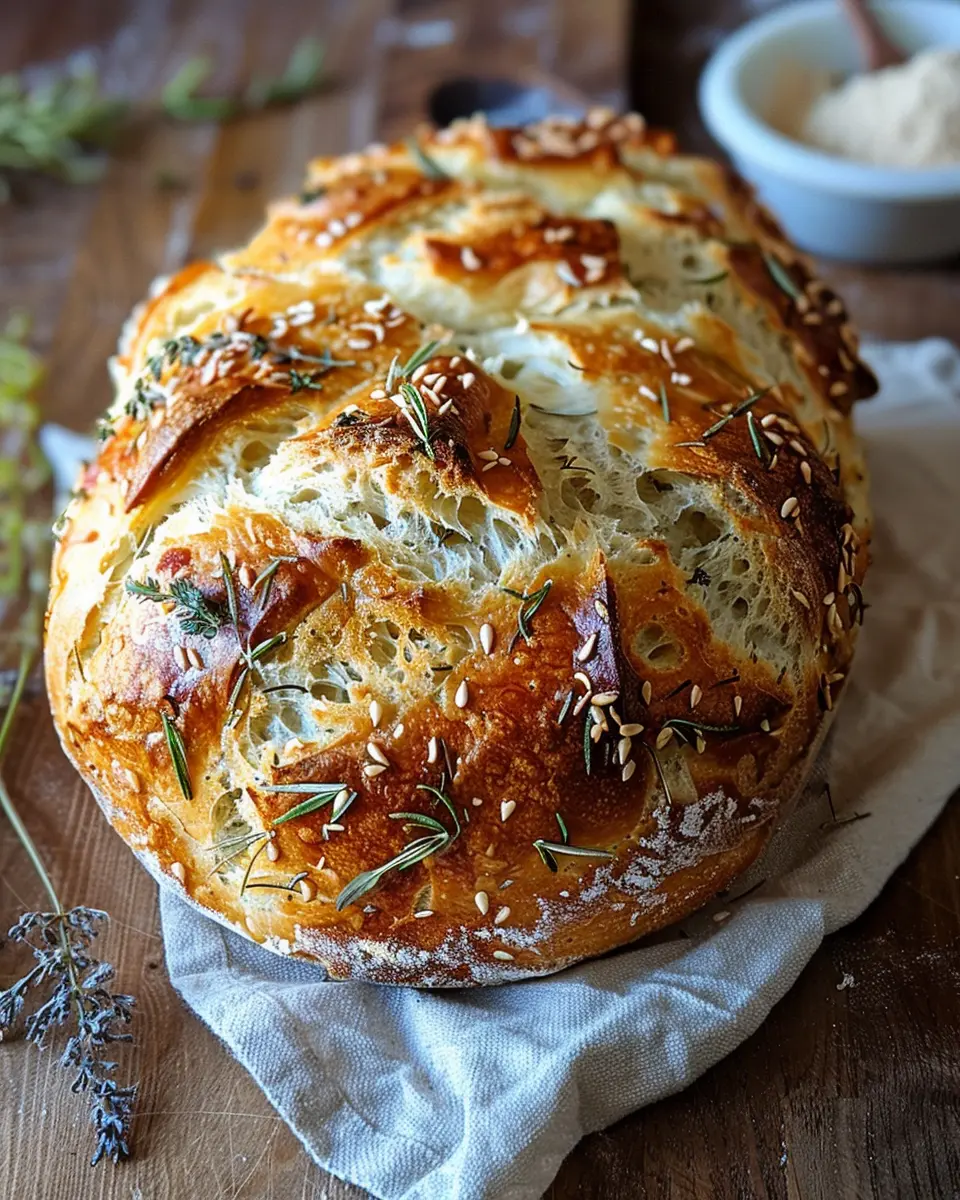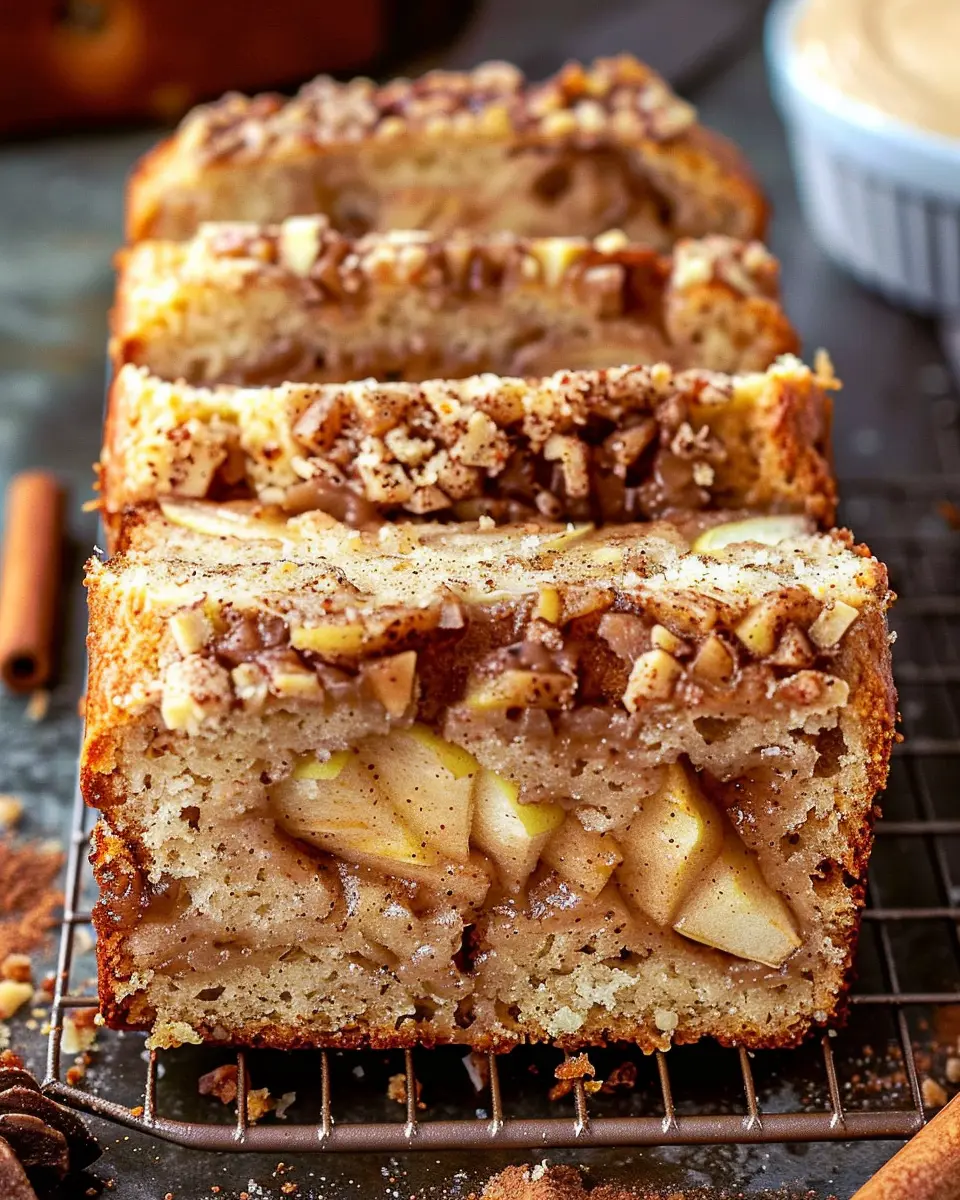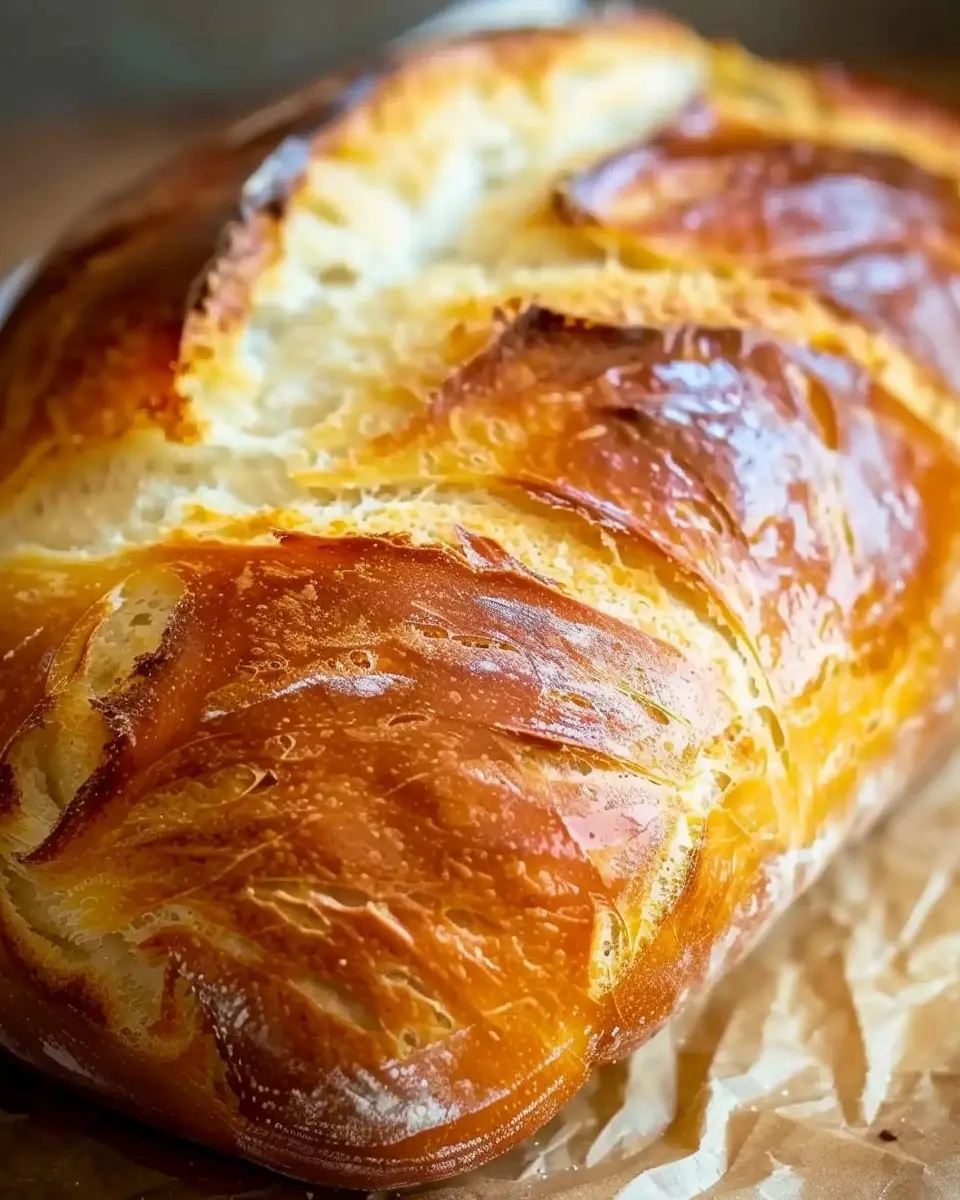Introduction to Middle Eastern Recipes
When you think of Middle Eastern cuisine, it’s easy to fall into the trap of just falafel and hummus. But there’s a treasure chest of flavors waiting to be explored! For young professionals navigating a busy lifestyle, these recipes offer much more than just taste; they provide nourishment, cultural connection, and a chance to unwind in the kitchen after a long day.
Why Middle Eastern Recipes Are a Must-Try for Young Professionals
Modern life can be hectic, making it all too easy to default to fast food or microwave meals. Yet, Middle Eastern recipes are not only quick to prepare but are also packed with fresh ingredients and vibrant spices. Here’s why you should dive into this culinary world:
-
Health Benefits: Many traditional Middle Eastern dishes are centered around whole grains, legumes, and fresh vegetables. For instance, tabbouleh—a refreshing salad made with parsley, bulgur, and tomatoes—provides a nutritional punch, bursting with vitamins.
-
Flavorful Variety: Think beyond chickpeas and pita! With a wide array of spices such as za’atar, sumac, and saffron, Middle Eastern cooking offers deep layers of flavor that can elevate even the simplest of dishes. Imagine a warm bowl of Mujadara—lentils and rice topped with caramelized onions—comforting and satisfying.
-
Easy Meal Prep: Many recipes lend themselves well to batch cooking, which is perfect for busy schedules. With just a little preparation, you can have meals ready for the week that are not only delicious but also budget-friendly.
-
Cultural Exploration: Each dish tells a story, reflecting history and heritage. Exploring these recipes can transport you to bustling markets, sun-drenched landscapes, and family feasts. Websites like Saveur and Serious Eats dive deep into these cultural nuances, enriching your cooking experience.
Incorporating Middle Eastern flavors into your cooking repertoire offers a unique opportunity to impress friends or family while also treating yourself to something new. So, are you ready to step outside the realm of hummus and falafel and embark on a culinary adventure? The world of Middle Eastern recipes awaits!
Key Ingredients in Middle Eastern Cooking
When diving into Middle Eastern recipes, it’s essential to understand the cornerstone ingredients that create their vibrant flavors. Here’s a quick guide to get you started.
Essential Spices and Herbs
The soul of many Middle Eastern dishes lies in its spices. Common players include:
- Cumin: Offers a warm, earthy flavor to stews and grilled meats.
- Coriander: Adds a hint of citrus and sweetness.
- Sumac: A tangy spice often sprinkled on salads and meats for zest.
For an in-depth look at these spices and their health benefits, check out sources like Healthline.
Common Proteins and Grains
Proteins and grains form the backbone of Middle Eastern meals. You’ll frequently find:
- Lentils: A staple in dishes like Mujadara.
- Chicken and lamb: Often marinated and grilled for kebabs.
- Rice and bulgur: Essential bases for many meals, soaking up delicious sauces.
Fresh Vegetables and Exotic Fruits
The region also thrives on fresh produce. Think of:
- Eggplant: Grilled, baked, or used in dips.
- Tomatoes and cucumbers: Key for refreshing salads like Fattoush.
- Pomegranate: Adds a sweet-tart crunch to dishes and garnishes.
Using these ingredients in your cooking can transform simple dishes into culinary delights, perfect for impressing friends at your next dinner party or simply enjoying a flavorful meal at home!
Preparing Middle Eastern Dishes
Middle Eastern cuisine is a vibrant tapestry of flavors, textures, and traditions. It goes beyond falafel and hummus, incorporating a variety of delicious dishes that are sure to impress your friends at your next gathering. To help you embark on this culinary journey, here’s how to prepare these fantastic middle eastern recipes with style and finesse.
Gather Your Essential Tools
Before diving into the kitchen, it’s crucial to have the right tools at your disposal. Here’s a list of essentials to set yourself up for success:
- Knives: A good chef’s knife will make chopping herbs and vegetables a breeze.
- Cutting Board: Opt for a sturdy wooden or plastic board for safe chopping.
- Spice Grinder: Freshly ground spices can enhance the flavors of your dishes.
- Mixing Bowls: These are necessary for marinating and mixing ingredients.
- Heavy-bottomed Pot or Pan: Ideal for even cooking, especially for stews and braises.
Beyond these basics, consider investing in a tagine or a grill pan if you wish to delve deeper into Middle Eastern cooking techniques. Organizations like the James Beard Foundation showcase the worth of investing in quality tools for any kitchen.
Prep Your Ingredients with an Eye for Detail
In Middle Eastern cooking, meticulous ingredient preparation is a fundamental step. Make sure to:
- Chop Fresh Herbs: Herbs like parsley, cilantro, and mint are staples. Chop them finely to release their oils and flavors.
- Soak and Rinse Legumes: If you’re using dried beans or lentils, soaking them will save time and enhance texture.
- Dice Vegetables: Uniform pieces help ensure even cooking. Think of your tzatziki—smooth, creamy, and balanced with finely diced cucumbers and garlic.
As you prepare your ingredients, pay attention to colors and textures; the visual appeal is just as essential as the taste.
Master the Art of Seasoning
When it comes to Middle Eastern recipes, seasoning is everything. The right blend of spices can elevate a simple dish to a culinary masterpiece.
- Common Spices: Familiarize yourself with spices like cumin, coriander, sumac, and za’atar. Even a pinch can make a huge difference!
- Layering Flavors: Don’t just season at the end; add spices at various stages of cooking to build depth. This technique is critical in creating complex, authentic flavors.
- Taste as You Go: This cannot be overstated. Regularly sampling your dish allows you to adjust seasonings and ensure everything balances perfectly.
Explore Cooking Techniques for Authentic Flavors
Middle Eastern cuisine boasts a variety of techniques that are worth mastering. Here are a few tips:
- Slow Cooking: Many dishes, like tagines or stews, benefit from longer cooking times. This allows flavors to meld together beautifully.
- Grilling: Whether it’s skewered meats or vegetables, cooking over an open flame adds a distinct smoky flavor. Use a grill pan if you don’t have access to an outdoor grill.
- Layering Ingredients: For dishes like biryani or layered casseroles, careful layering can make a dish rich in flavors and textures.
These techniques not only enhance flavor but also honor the traditions behind each recipe.
Plating and Presentation Tips for Middle Eastern Dishes
Now that you’ve prepared your delicious dishes, it’s time to make them visually appealing. Presentation matters! Here are some tips:
- Use Color: Incorporate colorful ingredients like pomegranate seeds or fresh herbs to create a vibrant, eye-catching plate.
- Choose the Right Plates: Traditional earthenware or brightly colored dishes can make your food pop.
- Garnish Thoughtfully: A simple drizzle of olive oil or a sprinkle of herbs can add the finishing touch to your dishes, making them more inviting.
Finally, remember that the goal is to engage your guests not just with flavor but also with aesthetic appeal.
By following these steps, you’ll not only create mouthwatering Middle Eastern recipes but also immerse yourself in an enriching culinary experience that bridges cultures and traditions. Happy cooking!
Popular Middle Eastern Recipes to Try
Exploring Middle Eastern cuisine opens doors to a world of vibrant flavors and enticing aromas. Here are four must-try dishes that go beyond the familiar falafel and hummus.
Classic Hummus
Hummus is a staple, but have you tried making your own? The beauty of homemade hummus lies in its creaminess and customizable flavors. Blend tahini, garlic, lemon juice, and chickpeas for a smooth texture. Add toppings like olive oil, paprika, or roasted pine nuts to elevate your experience. Check out this recipe for a classic take.
Flavorful Shawarma
If you crave a meal that’s juicy and packed with spices, shawarma might just become your go-to. This delicious dish features marinated meat (often chicken or lamb) that’s slow-cooked on a vertical rotisserie. Serve it with pita bread and garlic sauce for a full experience. In fact, a great shawarma can be the centerpiece of any casual gathering.
Delicious Tabbouleh
Another fantastic Middle Eastern recipe to add to your repertoire is tabbouleh. This refreshing salad combines chopped parsley, mint, tomatoes, and bulgur wheat, dressed with olive oil and lemon juice. It’s light yet filling, making it an ideal side dish for any meal. Consider using organic ingredients for a fresher taste.
Savory Kebabs
Last but certainly not least are kebabs, perfect for those summer barbecues or cozy winter dinners. Skewered and grilled, these meat delights can be marinated in myriad spices, offering bold flavors. Pair them with pita and a side of yogurt sauce for a delightful feast. Check out this kebab recipe for a fail-proof method.
Discover More
Dive deeper into the Middle Eastern culinary world and expand your palate with these delightful dishes. Whether you’re making them for a weeknight dinner or a special occasion, they’re sure to impress!
Tips and Tricks for Perfect Middle Eastern Recipes
Balancing Flavors
When it comes to Middle Eastern recipes, achieving the right balance of flavors is an art. Think of it as creating a melody—each ingredient plays its part. Use spices like cumin, coriander, and sumac to evoke warmth and complexity. It’s not just about the spices, though; consider the freshness of your ingredients. Fresh herbs like parsley or mint can elevate dishes like tabbouleh or fattoush. Don’t hesitate to chop them finely and sprinkle them in at the end for that burst of flavor.
To bring out the best in your meals, experiment with acidity. A drizzle of lemon juice or a splash of pomegranate molasses can brighten up even the heartiest of dishes.
Cooking Methods for Traditional Dishes
The way you cook can dramatically affect the taste and texture of your Middle Eastern recipes. Techniques like slow cooking or grilling can bring rich depth to dishes. For instance, when making a flavorful lamb tagine, low and slow on the stove or in the oven allows the spices to meld beautifully.
And don’t underestimate the power of marinating! Let meat soak in spices and yogurt overnight for a tender, flavorful result.
For more insights, check out Food52’s guide on traditional cooking methods. The journey into Middle Eastern cuisine doesn’t have to be intimidating; with these tips, you’re on your way to creating gastronomic delights that will impress your friends and family!
Serving Suggestions for Middle Eastern Meals
How to Create a Mezze Platter
A mezze platter is a delightful way to celebrate a variety of Middle Eastern recipes. Start by selecting a range of small dishes to cater to different tastes—think of items like dolmas (stuffed grape leaves), muhammara (spicy red pepper dip), and labneh (strained yogurt).
- Include olives, pickles, and roasted nuts for extra flavor and texture.
- Don’t forget some fresh veggies, like cucumbers and radishes, for a refreshing crunch.
- Arrange everything on a large platter for a visually appealing spread, and remember to provide plenty of pita bread for dipping.
Pairing with Sides and Beverages
When enjoying your feast, selecting the right sides and beverages can elevate the dining experience. Consider serving dishes like tabbouleh or fattoush as light and zesty accompaniments.
For drinks, traditional options like mint tea or rosewater lemonade are crowd-pleasers. You can also check out Serious Eats for more pairing ideas. These small details will not only harmonize flavors but also celebrate the essence of these Middle Eastern recipes.
Time Breakdown for Preparing Middle Eastern Recipes
When diving into the world of Middle Eastern recipes, it’s essential to understand the time commitment involved. Knowing how long each step takes can make your cooking experience smoother and more enjoyable.
Preparation time
Typically, you can expect to spend about 15 to 30 minutes prepping ingredients, which may involve chopping veggies, marinating proteins, or soaking grains. This initial investment helps flavor development, as demonstrated by this guide on marinating techniques.
Cooking time
The actual cooking can range from 20 to 60 minutes, depending on the dish. For instance, stews like tagine might take longer, while grilled options can be quicker.
Total time
So, if you add it all up, your total time for delicious Middle Eastern recipes can be anywhere from 35 minutes to 1.5 hours. Planning your meal ahead will set you up for success!
Nutritional Facts for Middle Eastern Recipes
When diving into Middle Eastern recipes, it’s exciting to discover the variety of flavors and nutrients packed into each dish. Here’s a quick rundown on what you can expect nutritionally.
Average Calories per Serving
Most Middle Eastern recipes include fresh ingredients and spices, generally ranging from 300 to 600 calories per serving, depending on the meal and portion size.
Protein Content
Many dishes, like kebabs and lentil soups, are great sources of protein. Expect anywhere from 15 to 30 grams of protein, which is vital for maintaining muscle health and keeping you energized.
Key Nutrients
These meals are rich in:
- Fiber from legumes and vegetables, aiding digestion.
- Healthy fats from olive oil and nuts, essential for heart health.
- Vitamins such as A, C, and K, boosting your immune system and skin health.
For detailed nutritional guides, check out resources like the USDA FoodData Central or NutritionData. Eating healthy doesn’t have to be boring—embrace these Middle Eastern recipes for delicious and nutritious meals!
FAQs about Middle Eastern Recipes
What are some quick Middle Eastern recipes for busy nights?
We all have those evenings where time just slips away, right? Luckily, many Middle Eastern recipes can be prepared in 30 minutes or less. Here are a few to consider:
- Shakshuka: A flavorful dish of poached eggs in a spiced tomato sauce. It’s not only quick but also incredibly satisfying.
- Tabbouleh: A refreshing salad made with bulgur, parsley, tomatoes, and a tangy lemon dressing. Perfect for a light meal.
- Kapusta: This dish of sautéed cabbage with Middle Eastern spices can be made in under 20 minutes, making it a smart choice for hectic nights.
Can I make Middle Eastern dishes vegetarian or vegan?
Absolutely! Many traditional Middle Eastern recipes naturally lend themselves to vegetarian or vegan adaptations. For instance, dishes like Mujadara (lentils and rice) or Stuffed Bell Peppers can be easily transformed. Just watch out for meat-based broths or dairy ingredients in sauces. A great resource for vegan adaptations is Minimalist Baker, which offers plenty of plant-based Middle Eastern recipes.
How do I store leftovers from Middle Eastern meals?
Proper storage keeps your meals fresh and tasty for later enjoyment. Here are some tips:
- Cool Before Storing: Let dishes like stews or rice cool down to room temperature before sealing them in airtight containers.
- Use Freezer Bags: Soups and stews can be frozen in resealable freezer bags, making them easy to thaw and reheat.
- Label Everything: Don’t forget to date your containers. Leftovers in the fridge are typically good for about 3-4 days, while frozen items will stay delicious for 2-3 months.
Enjoy exploring the vibrant world of Middle Eastern cuisine!
Conclusion on Embracing Middle Eastern Cooking
Inspiring a culinary adventure at home
Embracing Middle Eastern recipes invites you into a world bursting with flavor, texture, and tradition. As you journey beyond the familiar falafel and hummus, allow your kitchen to transform into a vibrant canvas for discovering new palates. Each dish, from fragrant tagines to colorful mezze, tells a story that’s waiting for you to savor.
- Experiment Freely: Don’t hesitate to mix and match spices or ingredients.
- Discover New Favorites: You might find a recipe that becomes a staple in your home.
- Connect with Culture: Cooking these dishes allows a deeper appreciation for Middle Eastern heritage.
Diving into these culinary experiences can truly elevate your cooking skills and spark a passion for exploration. For further inspiration, consider checking out Saveur or Serious Eats for more exquisite recipes and cooking tips!
PrintMiddle Eastern Recipes That Wow Beyond Falafel and Hummus
Explore a variety of Middle Eastern recipes that extend beyond the classic falafel and hummus, showcasing rich flavors and diverse dishes.
- Prep Time: 15 minutes
- Cook Time: 20 minutes
- Total Time: 35 minutes
- Yield: 4 servings 1x
- Category: Main Course
- Method: Boiling, Sautéing
- Cuisine: Middle Eastern
- Diet: Vegetarian
Ingredients
- 1 cup bulgur wheat
- 2 cups vegetable broth
- 1 teaspoon cumin
- 1/2 teaspoon cinnamon
- 2 tablespoons olive oil
- 1 large onion, chopped
- 4 cloves garlic, minced
- 1 cup parsley, chopped
- 1/2 cup mint, chopped
- 1/4 cup lemon juice
Instructions
- Soak the bulgur wheat in vegetable broth for 30 minutes.
- In a pan, heat olive oil and sauté onions until translucent.
- Add garlic and spices; cook until fragrant.
- Add the soaked bulgur and mix well.
- Stir in herbs and lemon juice, then serve.
Notes
- For added flavor, consider adding nuts or pomegranate seeds.
Nutrition
- Serving Size: 1 cup
- Calories: 250
- Sugar: 2g
- Sodium: 300mg
- Fat: 10g
- Saturated Fat: 1g
- Unsaturated Fat: 8g
- Trans Fat: 0g
- Carbohydrates: 35g
- Fiber: 6g
- Protein: 8g
- Cholesterol: 0mg
Keywords: Middle Eastern, recipes, falafel, hummus, bulgur, healthy
